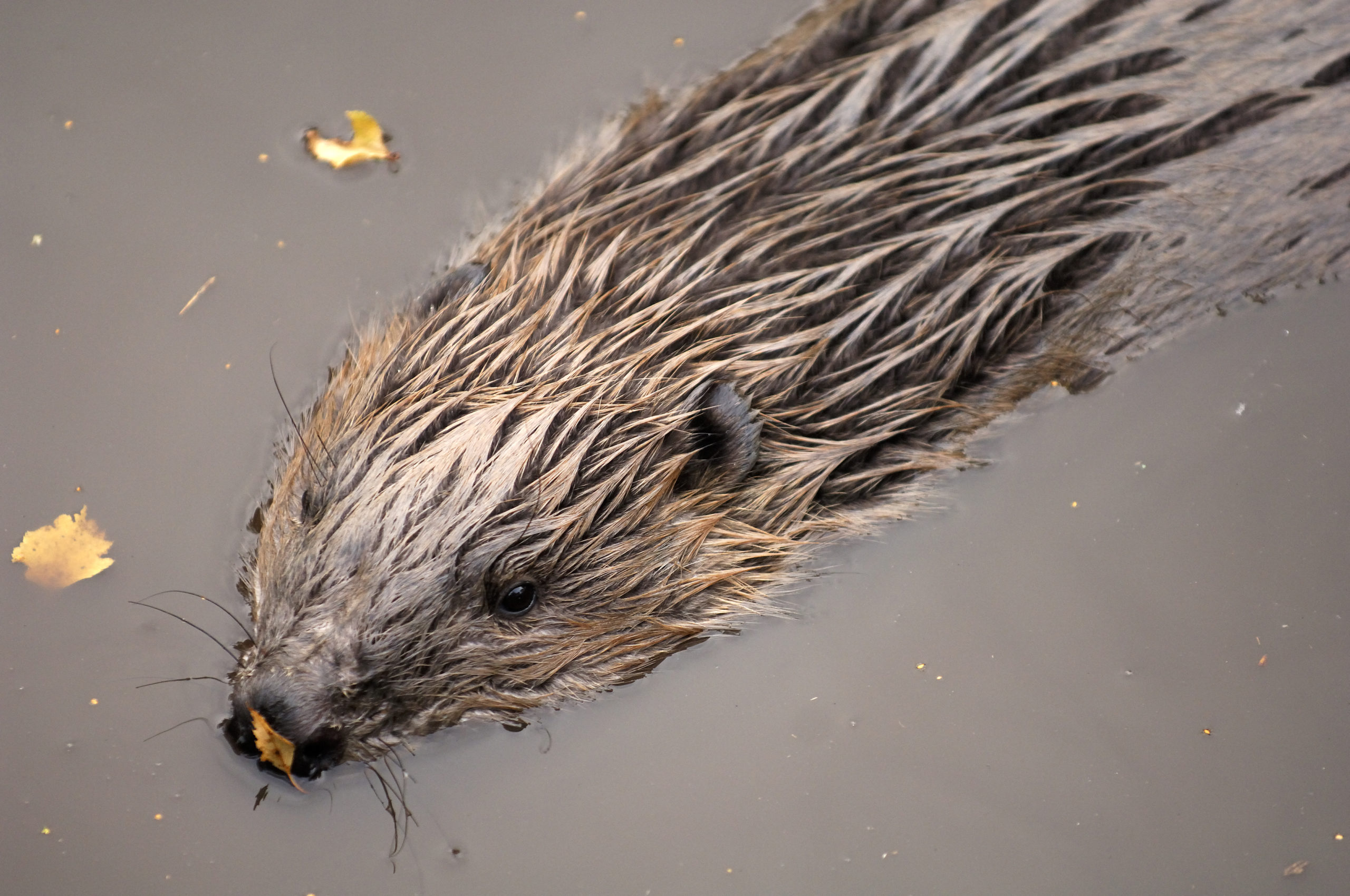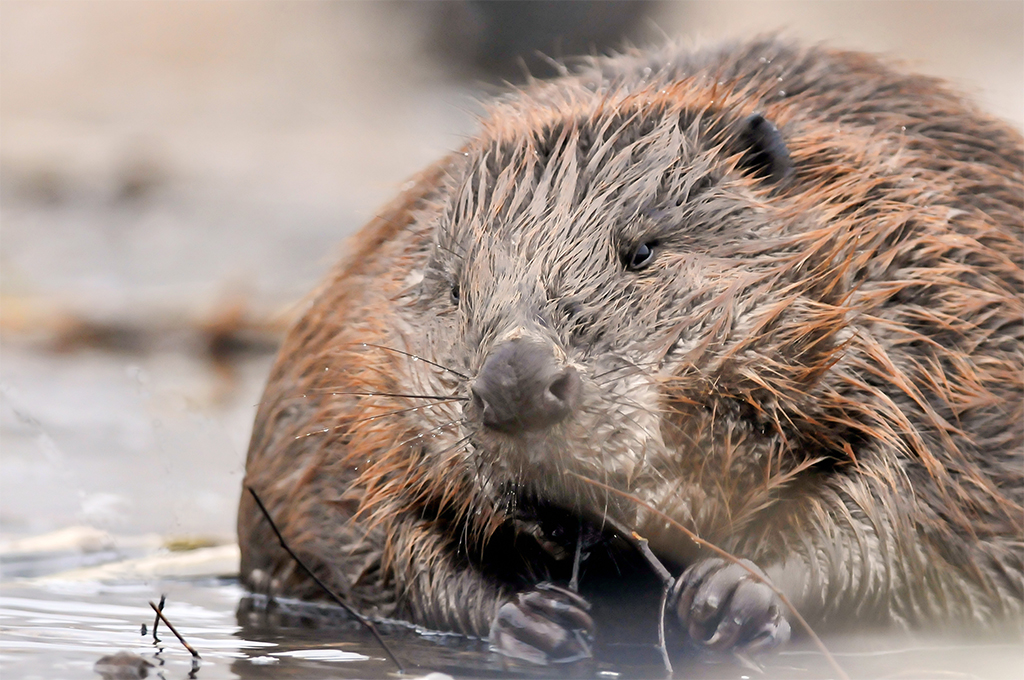The Cairngorms National Park Authority has published a study it commissioned into the likelihood of the park being naturally colonised by Eurasian beaver and the potential benefits and implications.
The study – carried out by some of the country’s leading experts, with support and advice from a steering group of partners – focused on natural expansion from existing populations in the catchments of the River Tay and River Forth.
Potential dispersal routes were identified in areas such as Loch Laggan, Loch Ericht and Loch Rannoch and the rivers Truim, Tilt, Garry and the headwaters of the Spey and Isla.
The presence of physical barriers in these locations in the form of dams, hydro schemes and challenging terrain make it more unlikely that beavers will make their way to the National Park naturally, at least in the short term.
Consideration was also given to whether the National Park has enough suitable habitat to support a population of beavers, as well as what the environmental and economic benefits and impacts might be.
The study found that 30 per cent of watercourses in the National Park would be suitable for Eurasian beavers, with around 20 per cent suitable for beaver dams. The most appropriate habitat for beavers was the network of lochans and wetland environments in the Spey catchment.
Potential opportunities such as increasing the quality of freshwater habitat, natural flood management and the possibility of increased eco-tourism are noted in the report, as well as the potential risks, ranging from the impact on mature aspen stands to the likelihood of dam building and bank erosion, especially highlighting where this overlaps with agricultural and fisheries management interests.

Andy Ford, director of Nature and Climate Change at the CNPA, said: ‘This new report provides crucial insight into the likelihood of natural beaver dispersal in the Cairngorms National Park, and to the potential impacts beavers might have in the Park.
‘Beavers are an important keystone species to Scotland and restoration of lost species is something that we have looked at carefully as part of our Cairngorms Nature Action Plan. This has become all the more important in light of the joint climate and biodiversity crises we now face. We welcome recent Scottish Government policy announcements and will be taking a paper to our board in June outlining our proposed response, in line with the new National Beaver Strategy.
‘The Park Authority recognises that beavers can play an important ecological role in terms of flood mitigation and habitat creation, whilst also recognising the need for careful management of the species to mitigate impacts on other land uses.’
In May 2019, beavers were given European Protected Species status and the Scottish Government announced a policy change last November, stating they will support translocations as a proactive measure to establish Eurasian beavers outside of their current range.
The CNPA convened the Cairngorms Beaver Group in December 2021 through the Cairngorms Nature Partnership to discuss the implications of the policy announcement on the commissioned report and future partnership activity. It was agreed that the recent study will be useful in determining likely population expansion rates and dispersal routes and highlighting areas where beavers will have the greatest benefits and present the lowest risk of conflict.
Roger Knight, director of the Spey Fishery Board, said: ‘We are really pleased to be working with the CNPA and partners on this study. It is extremely important that we understand what effect beavers might have on the landscape, land uses and other wildlife, especially when you consider the importance of the Park’s rivers for a range of other species such as Atlantic salmon and rare fresh water pearl mussels.
‘Essential riparian planting to cool water temperatures and consolidate eroded riverbanks has been carried out in several areas across the Park in recent years and we would need to ensure that we could mitigate for any potential impacts there.’

Policy adviser at Scottish Land and Estates, Karen Ramoo, said: ‘We welcome the collaborative approach taken by CNPA on beavers in the National Park. The overarching Cairngorms Beaver Group – bringing together organisations from a wide spectrum of interests and backgrounds – has provided clear strategic direction and puts us in a good position to look at the potential impacts of beavers in the National Park, particularly what it means for other species that the Cairngorms is important for.
‘For any translocation of Eurasian beavers to the National Park to be contemplated, all the scientific information to support such an endeavour needs to be robust and all the implications on the many diverse land uses in the Cairngorms given full consideration. It is important that the views of land managers is sought and any potential impacts by beavers on their land is recognised and mitigated.’
Chris Donald, NatureScot’s South Highland area manager, said: ‘We welcome this study which provides useful evidence to feed into the work being carried out by NatureScot, in collaboration with a range of stakeholders, to co-develop a National Beaver Strategy setting out a long-term vision for beavers in Scotland.
‘This strategy, expected to be finalised this summer, will reflect the Scottish Government’s policy to actively promote the expansion of the beaver population and will identify opportunities and benefits, as well as risks and constraints, for beaver restoration in new and existing catchments. This CNPA study will complement the wider work which will look at the Spey catchment as a whole.’
The study into the potential for Eurasian beavers to naturally colonise the Cairngorms National Park will form part of the information that will be discussed at CNPA’s board meeting in June. In the meantime, the Cairngorms Beaver Group is actively engaged in the development of the National Beaver Strategy, coordinated by NatureScot and involving a wide range of stakeholder organisations
To read the report in full or for more information go HERE.
TAGS

